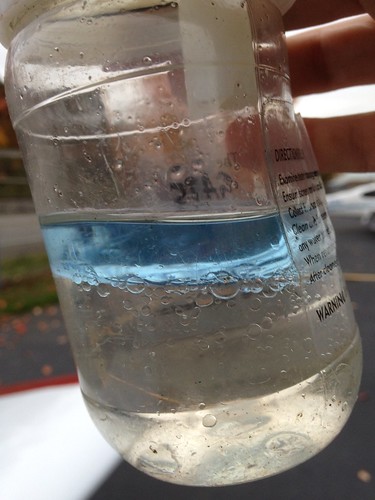Never really found any water in my tanks, and with fuel injection a few drops aren't a big problem. However, living in the Northwest, especially now that I have to park outside at Boeing Field, I always sump just to be sure. Definitely paid off on Friday after 3 weeks of steady rainfall...
http://www.flickr.com/photos/12245463@N04/8158288713/in/photostream/
(Couldn't get the photo to post, so put in the link)
http://www.flickr.com/photos/12245463@N04/8158288713/in/photostream/
(Couldn't get the photo to post, so put in the link)





